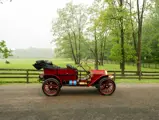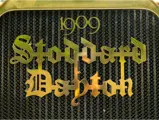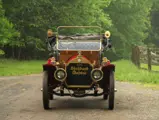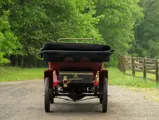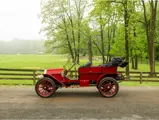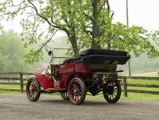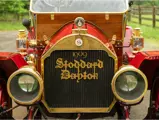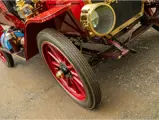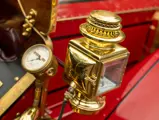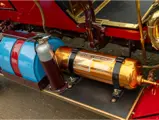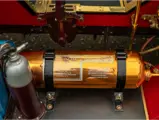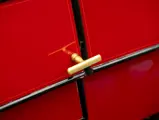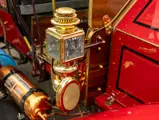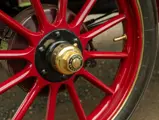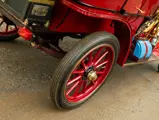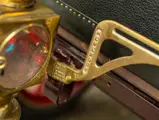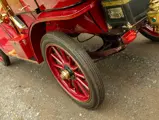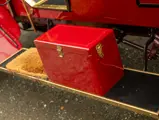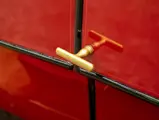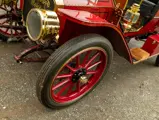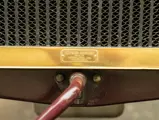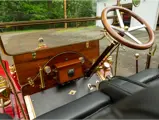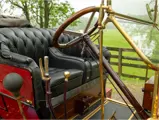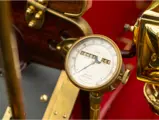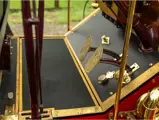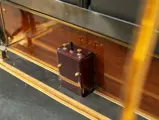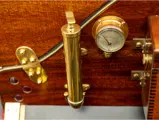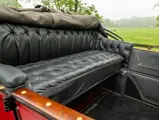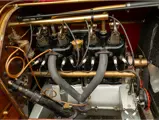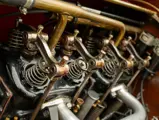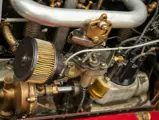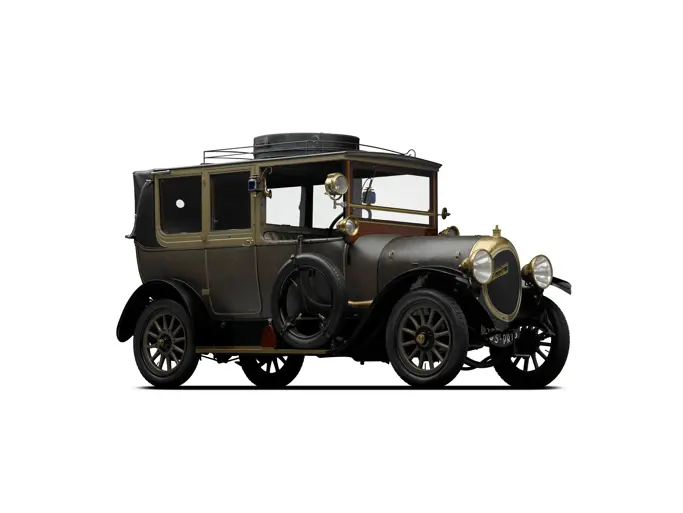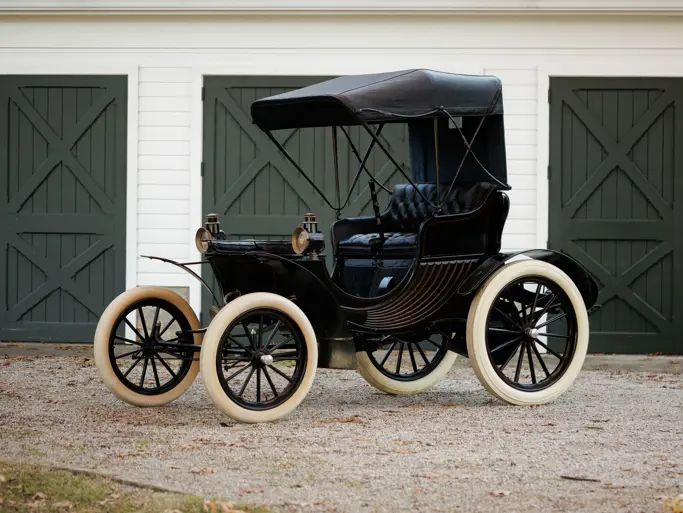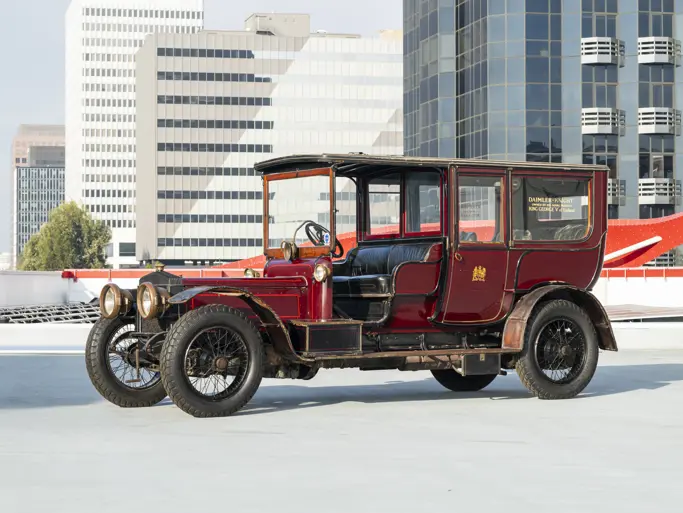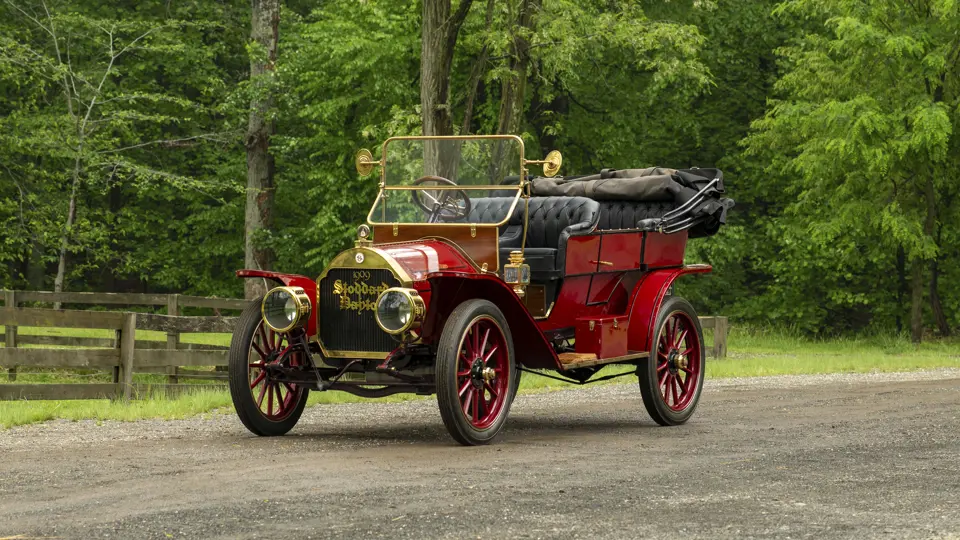
1909 Stoddard-Dayton Model 9-A Touring
{{lr.item.text}}
$88,000 USD | Sold
Offered from Sonny Schwartz’s Suzy Q Collection
{{bidding.lot.reserveStatusFormatted}}
- One of the best-engineered American automobiles of the Brass Era
- Formerly owned by Joel Finn and Bill Lassiter
- Fascinating 35-hp overhead-valve four-cylinder engine
- Attractive older restoration with modifications for touring
That one of America’s best automobiles of the Brass Era was actually produced by a former farm equipment manufacturer in Ohio might seem unlikely, but such was the origin of the Stoddard-Dayton, which debuted in April 1904. Developed in the hands of the young British-born engineer H.J. Edwards, it was grand in stature, luxuriously appointed, and, most significantly, robust in construction and specifications. Its four-cylinder, valve-in-head engine was a masterpiece of advanced engineering for the period, compared even to the famed T-head engines of competing automakers. The valves were inclined at 45 degrees within hemispherical combustion chambers, providing efficient breathing and carburetion, while pressurized lubrication enhanced by a camshaft-driven oil pump greatly improved reliability.
Stoddard-Daytons even proved successful in early American racing. One actually won the first race held at the newly opened Indianapolis Motor Speedway in 1909, and a second served as the pace car for the inaugural Indianapolis 500 in 1911. The latter was the personal car of Carl Fisher, who in addition to being the Speedway’s co-founder, also happened to be the Stoddard-Dayton dealer in Indianapolis. Product placement is nothing new.
Its builders believed in their automobile, advertising it with the blunt but earnest tagline, “As Good As It Looks.” Alas, Stoddard-Dayton like many of its ilk was doomed by hubris. The firm made an ill-fated decision to join the United States Motor Company, an early conglomerate, in 1910, and when that burgeoning colossus collapsed in 1913, it took the fabled Dayton manufacturer down with it.
A succession of well-known names in the Brass Era automobile world have owned the Model 9-A offered here, including the prolific historian and enthusiast Joel Finn, and renowned Florida collector extraordinaire, the late Bill Lassiter. It eventually became part of the collection of David Noran, who famously housed most of his cars within various rooms of his house in Fort Thomas, Kentucky, keeping his Mercer in his bedroom. Mr. Noran sold the car in 2015 to a buyer in New Jersey, from whom it was acquired for the present owner’s collection not long after.
Retaining five-passenger Touring coachwork, with assembly numbers still present in some of its woodwork, the car is well-accessorized with a Stoddard-Dayton Motometer, Badger Brass Solar headlights, dual side lamps, brass gauges, and a Prest-O-Lite acetylene tank for the headlamps. The pedal facings are original, embossed with “S-D.” Set up for touring by a prior owner, it has had a few modifications, including what is believed to be a newly cast engine case, as well as a modern fuel system, hydraulic brakes, electric taillights, and dual horns. More recently, in present ownership, a new black leather interior was fitted.
A Brass Era car of fine engineering and abundant charm, this car does justice to one of the great early names of the American automotive industry. It is still “As Good As It Looks.”




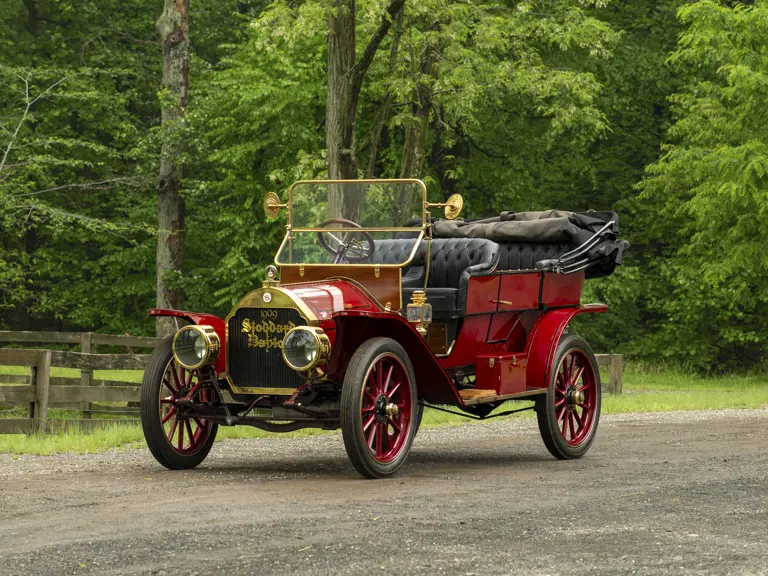
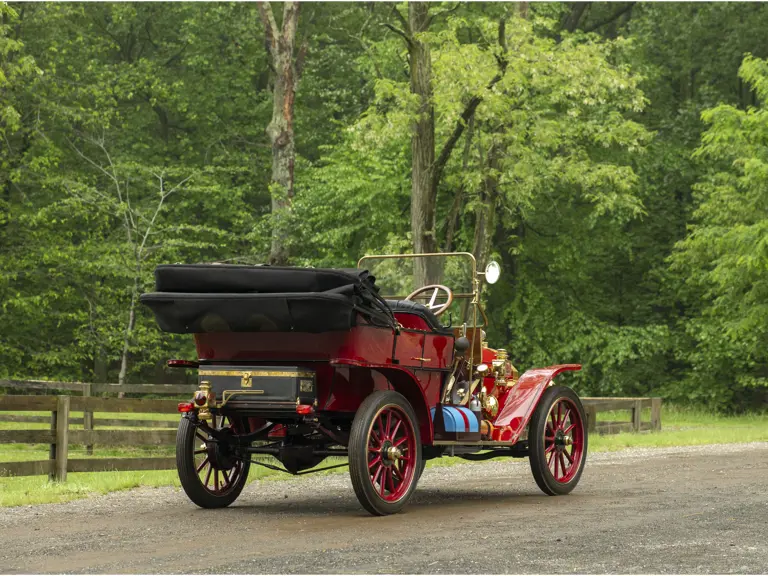
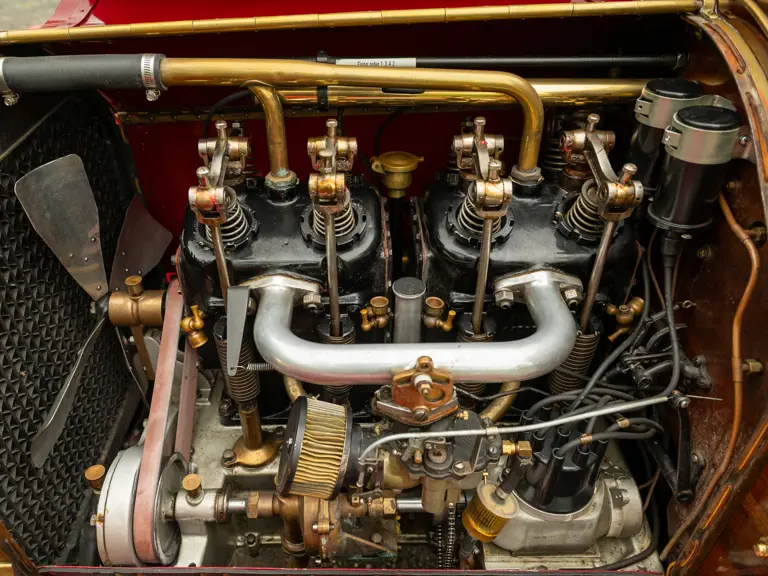

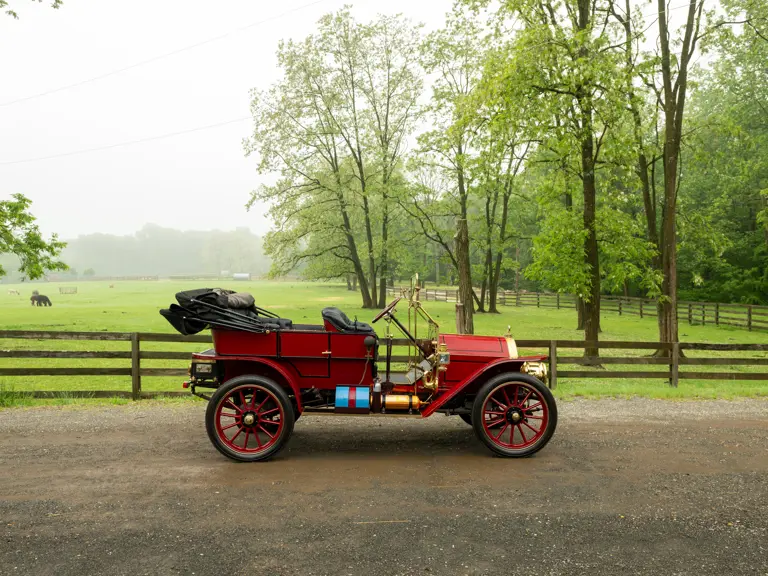
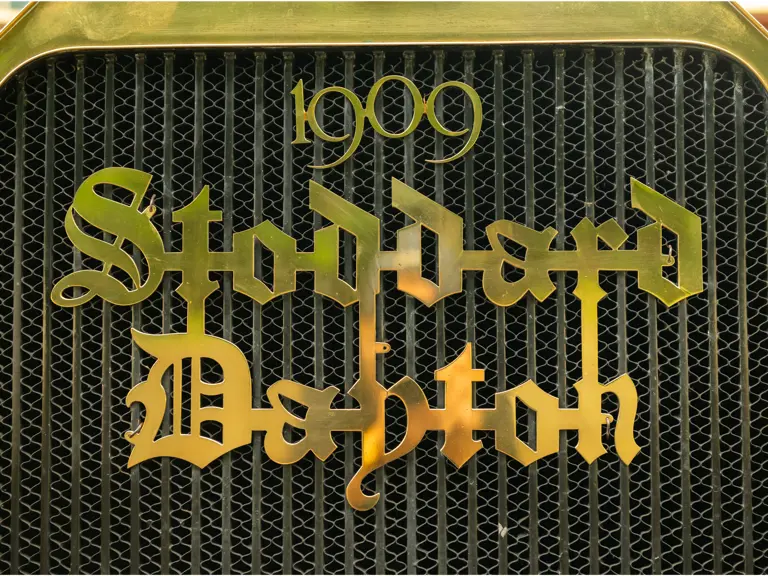
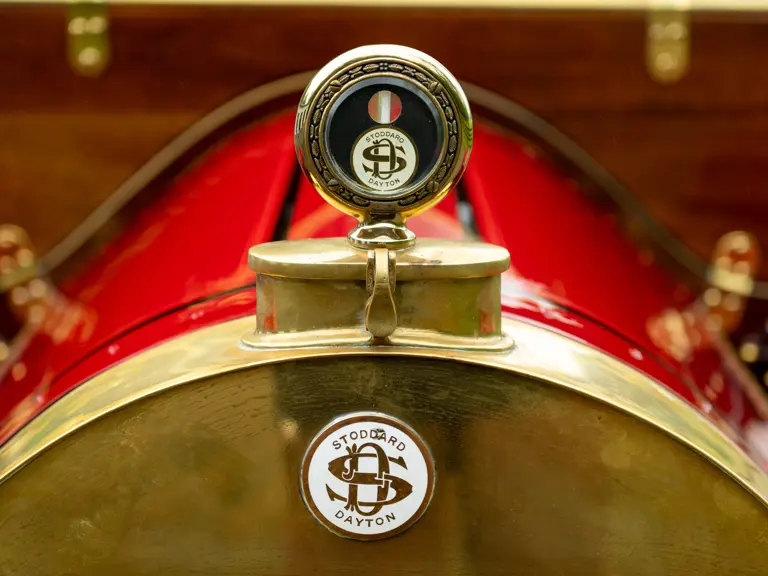
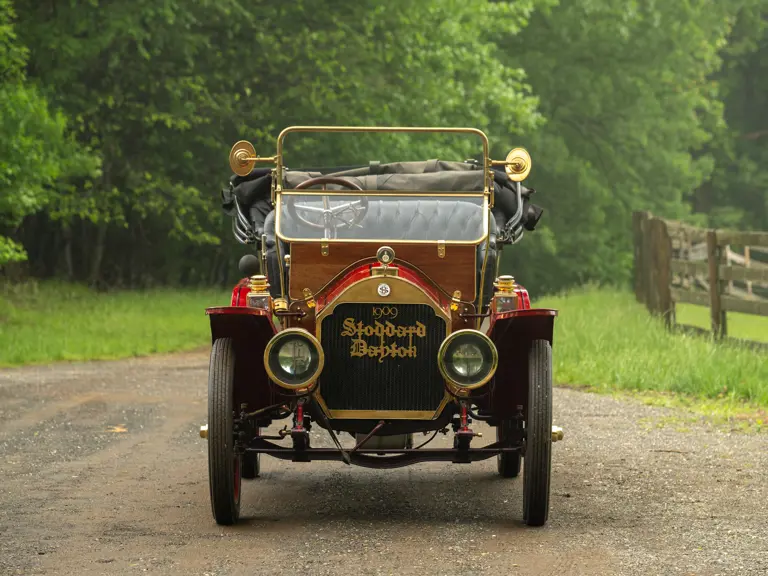
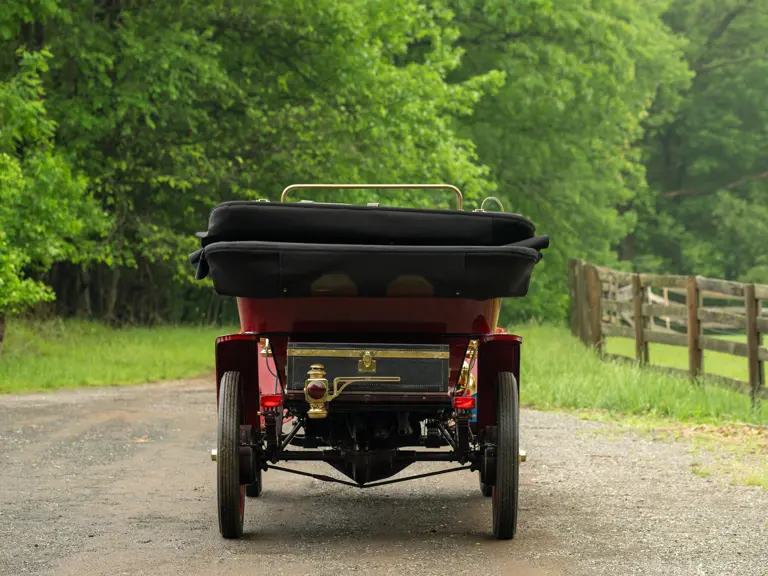


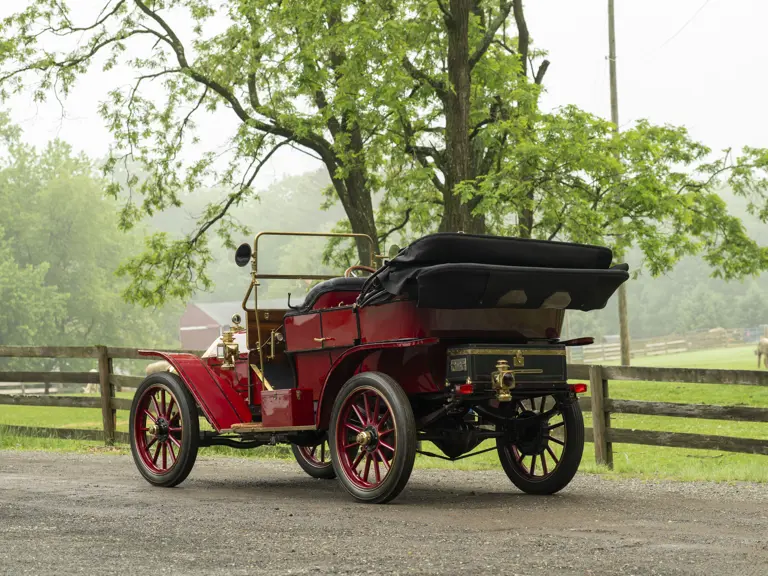
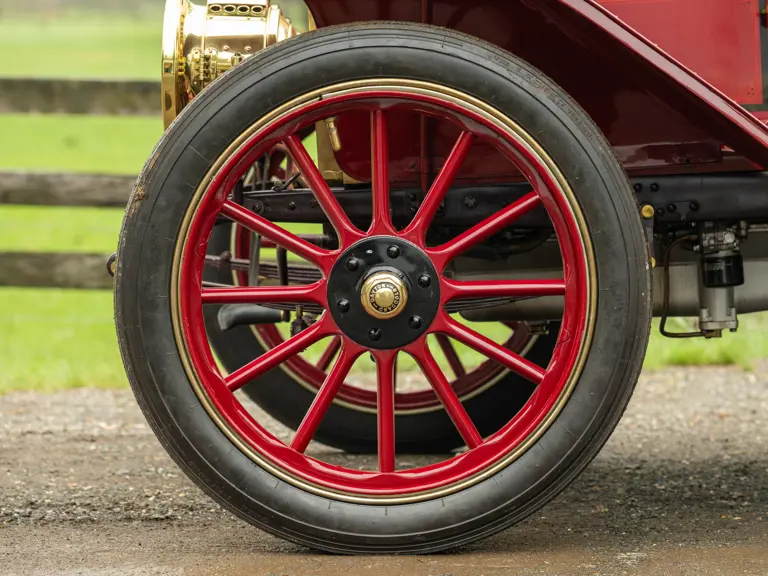
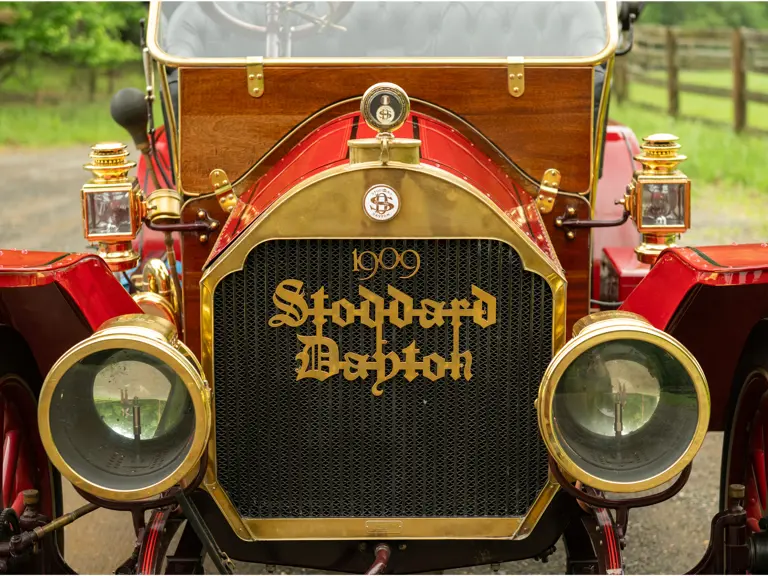
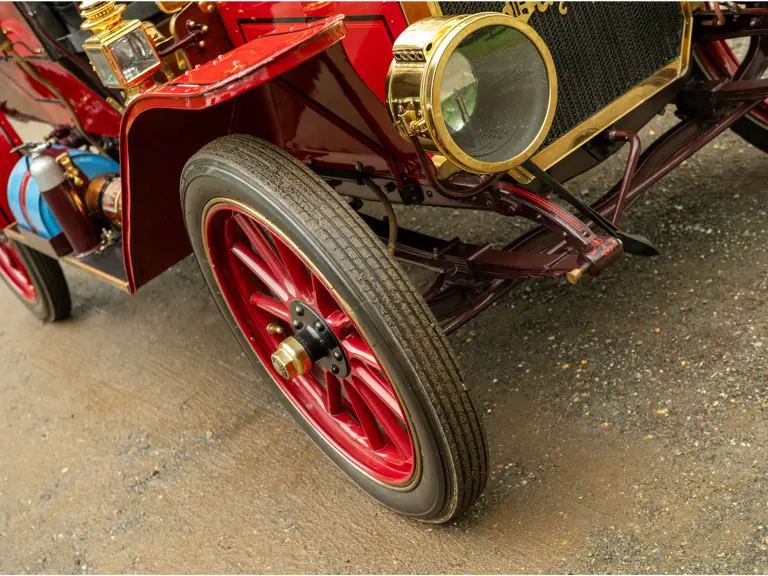

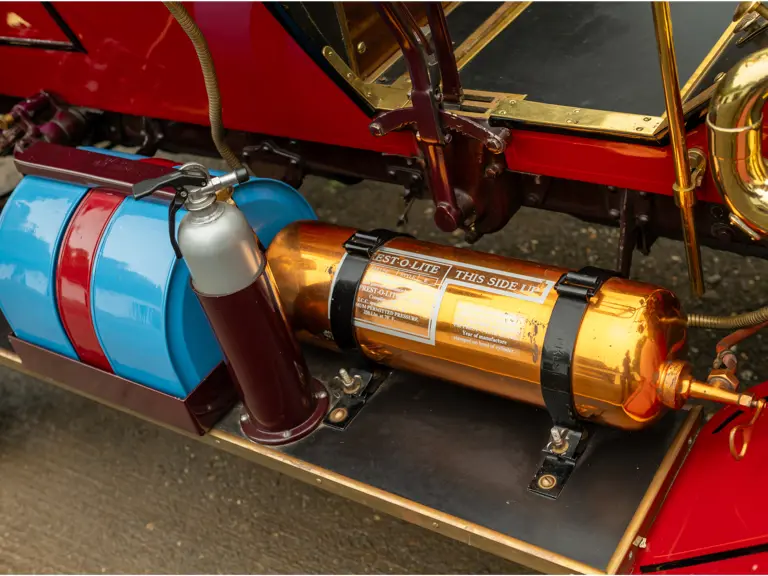


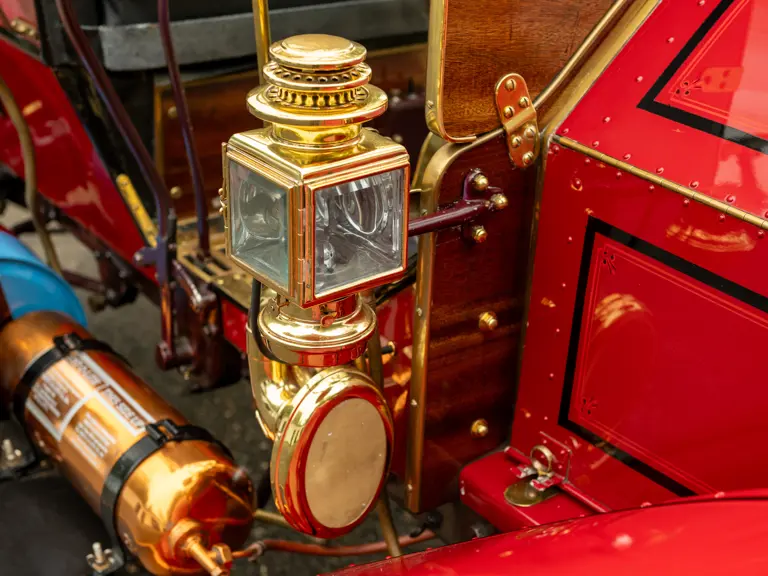
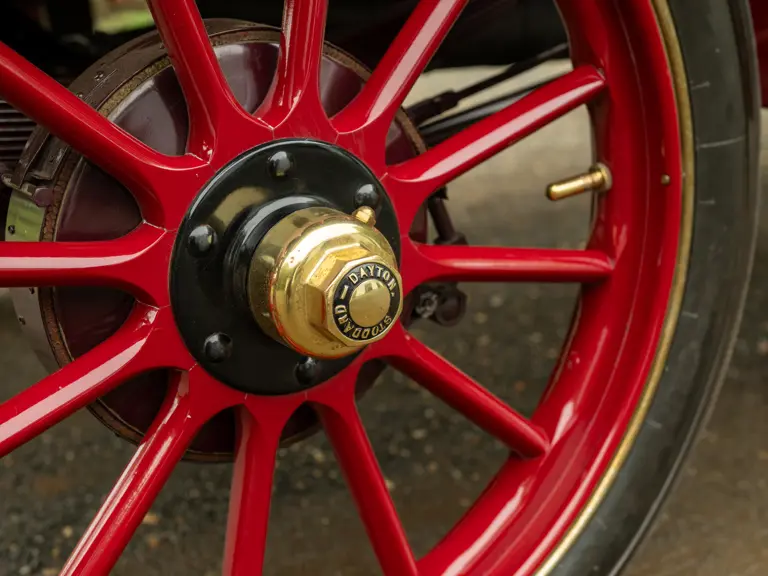
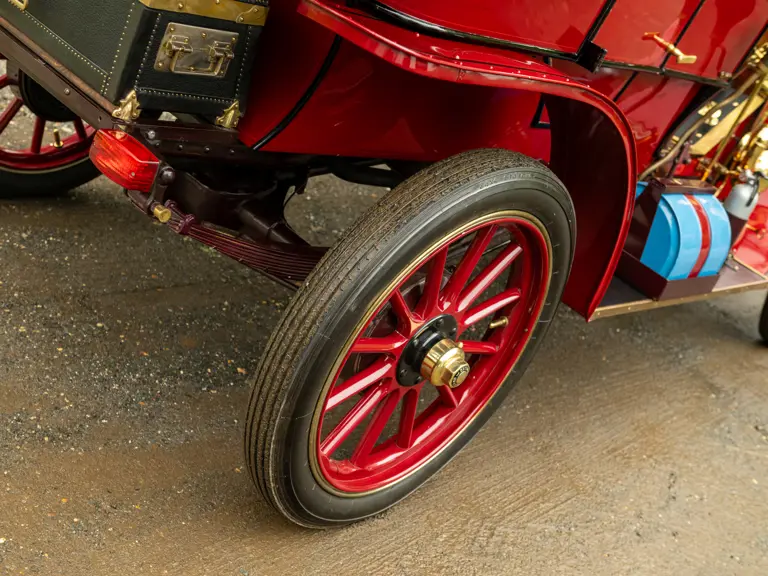
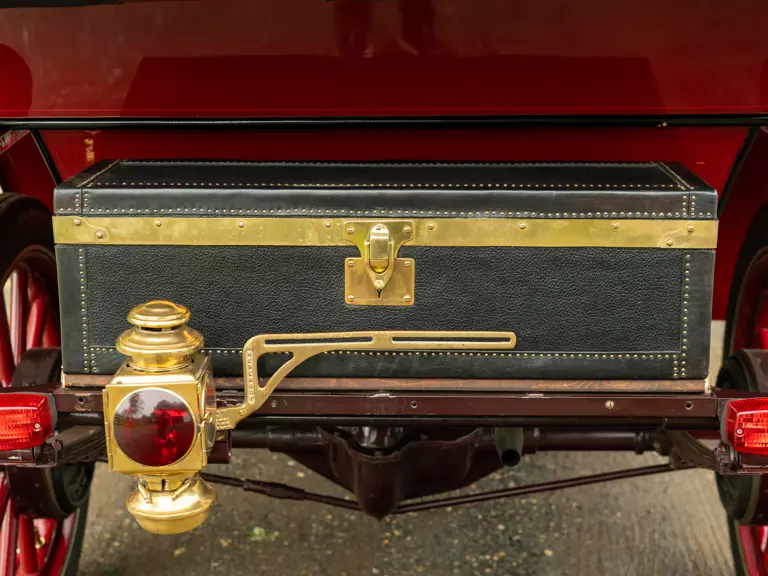

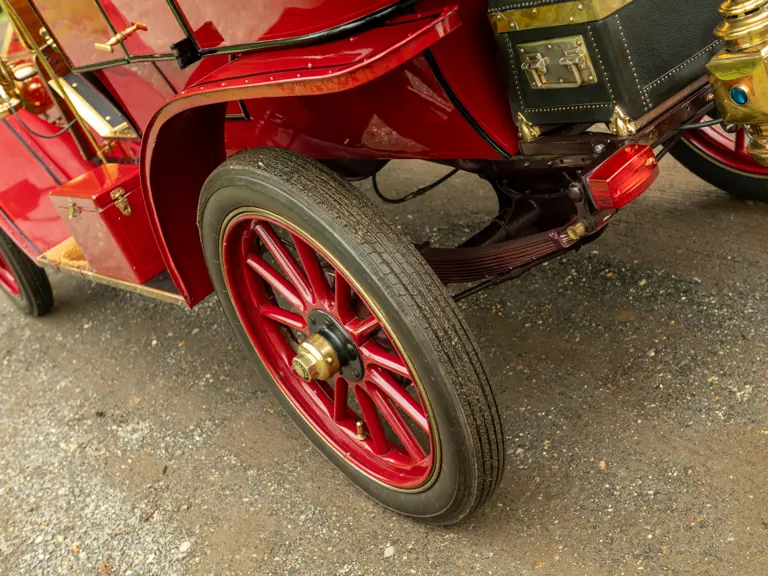
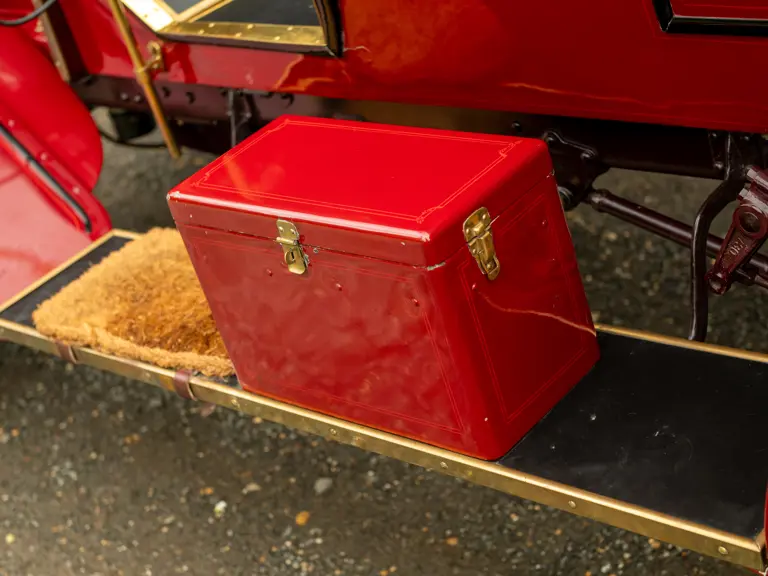
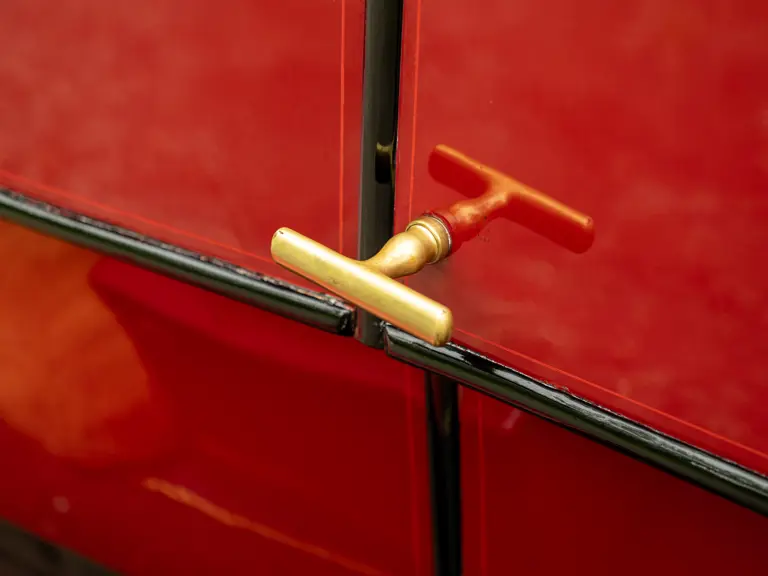


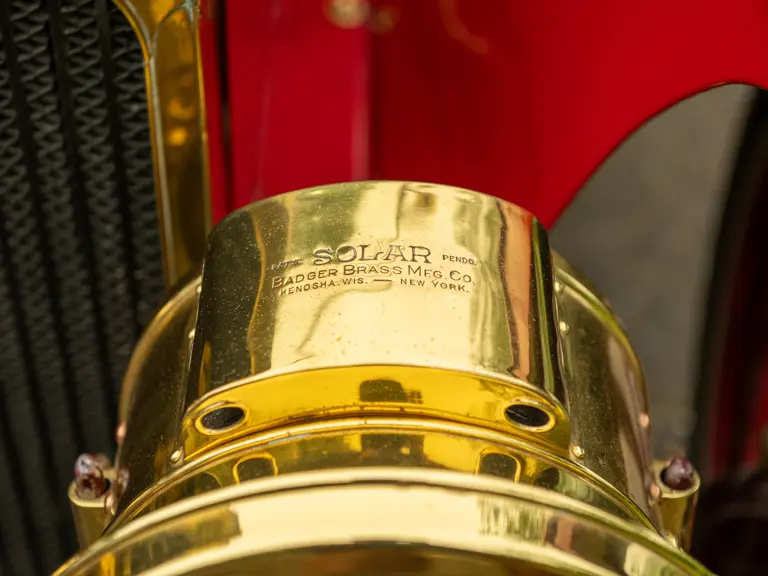
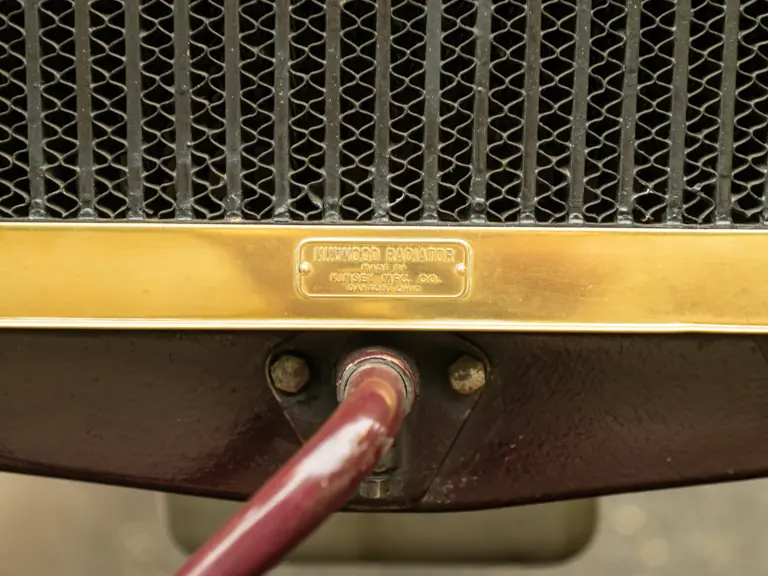

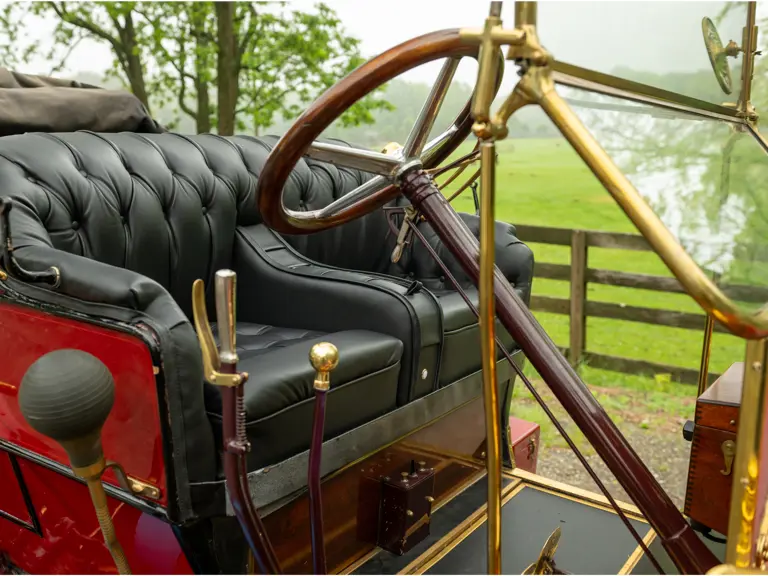
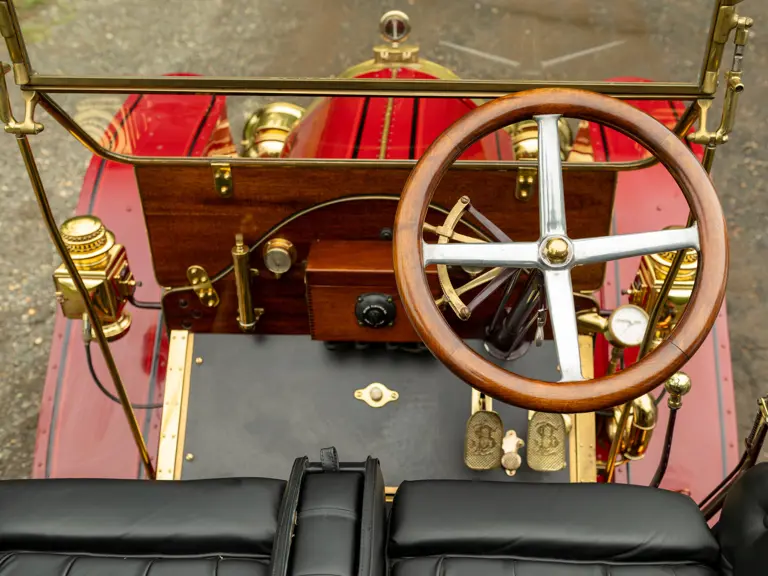
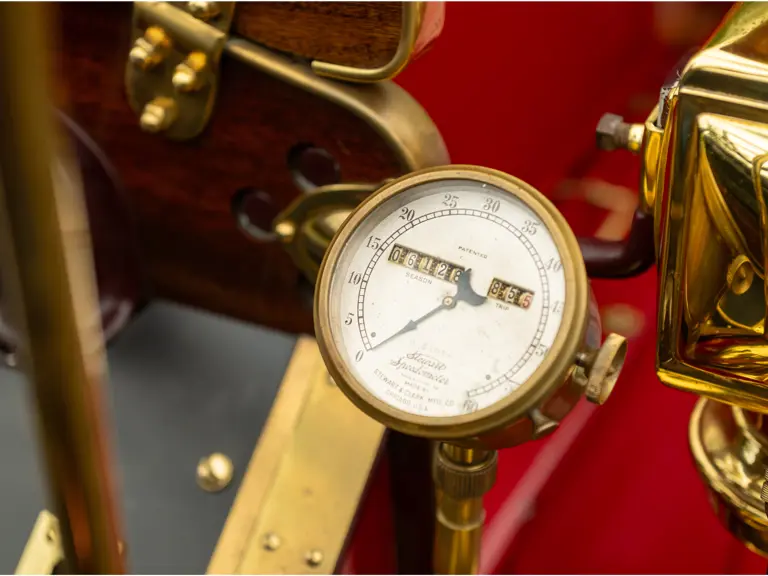
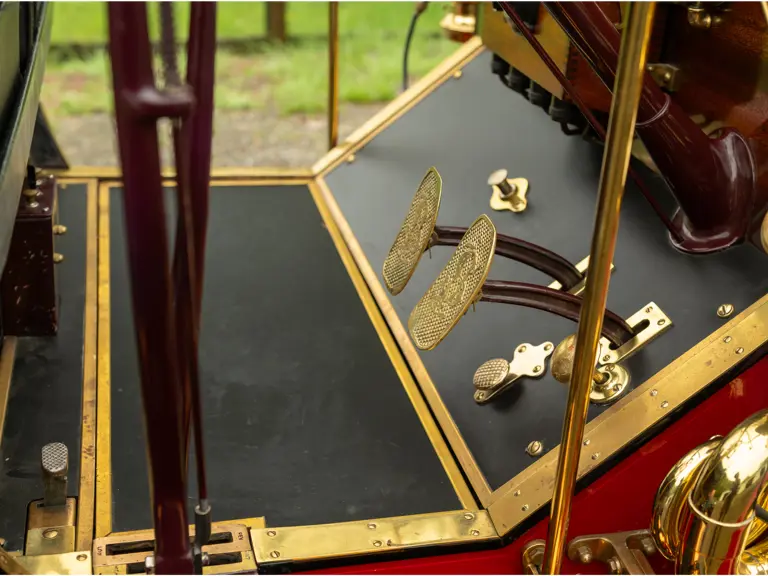
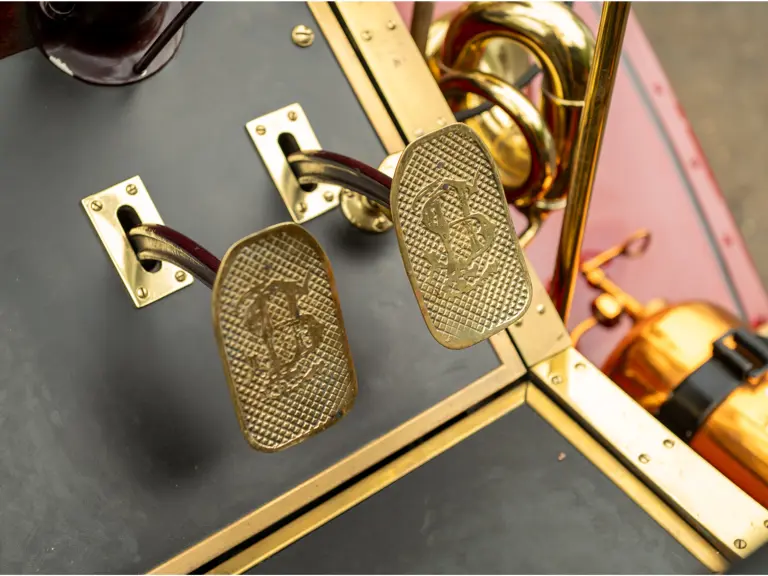
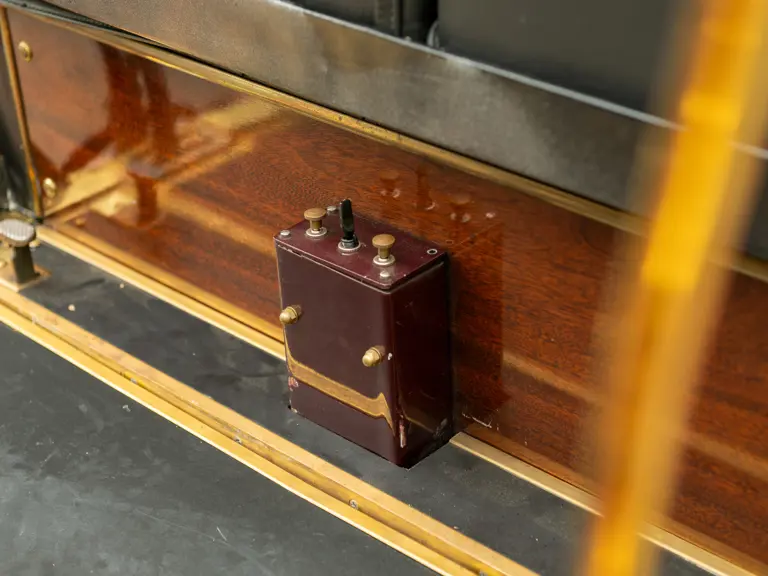
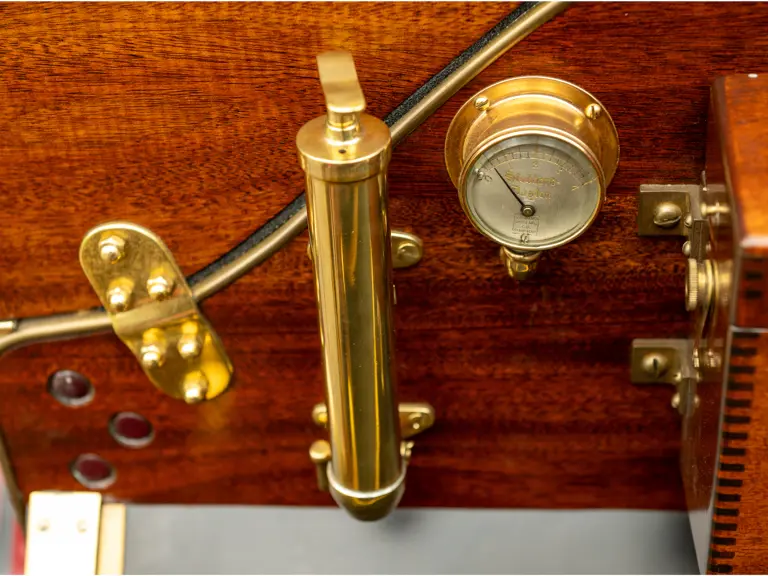
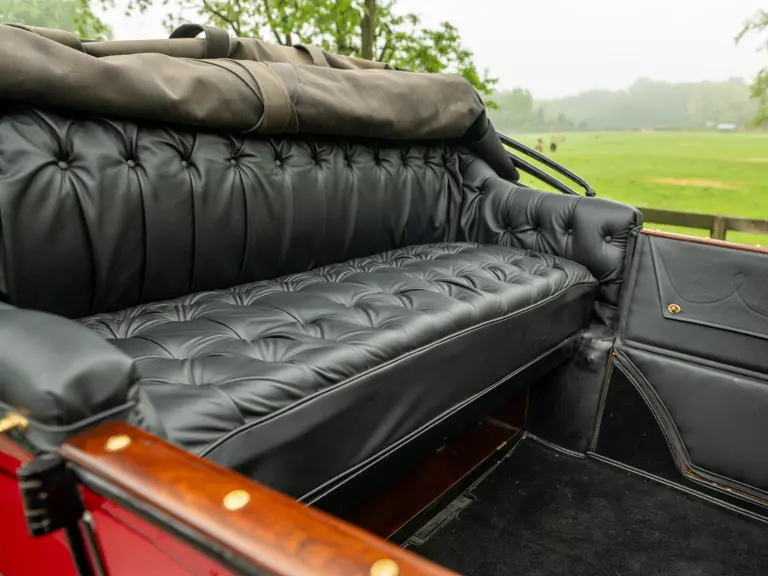


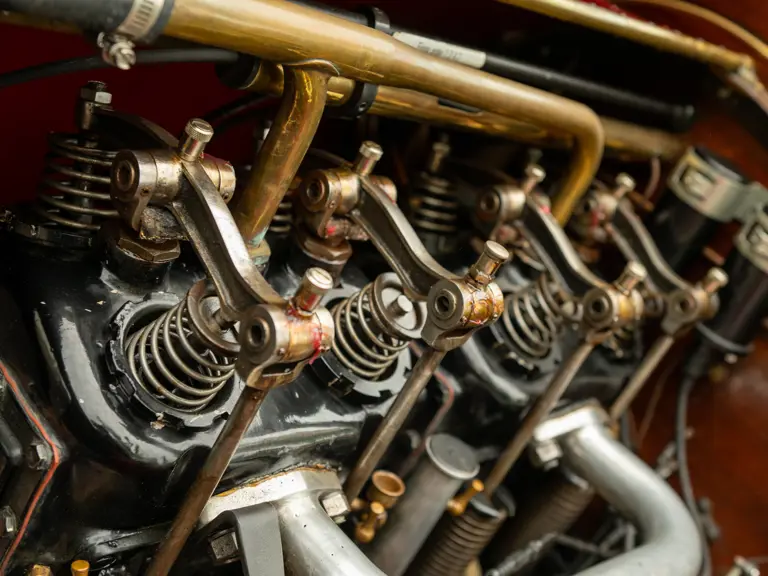
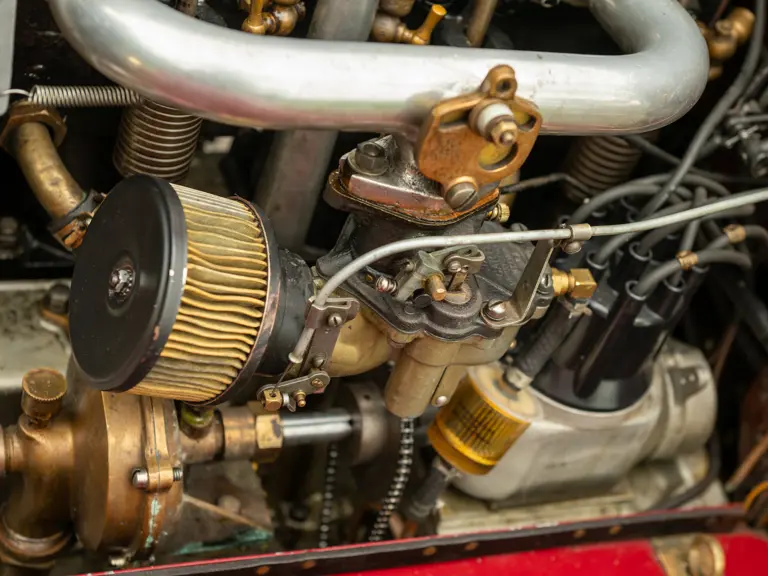
 | Hershey, Pennsylvania
| Hershey, Pennsylvania



